Experienced photographers know that playing with depth of field and bokeh can elevate any shot from average to extraordinary. Mastering both can help you take your photography skills to the next level, and if you aspire to be a great photographer or videographer, then knowing how to best use every tool at your disposal in a lens like the Tamron 35-150mm F/2-2.8 Di III VXD (Model A058) is one of the best ways to get there.
What You Will Learn in This Article
- The difference between depth of field and bokeh, and how each affects your images.
- How to use shallow vs. deep depth of field to create dramatic or expansive shots.
- Tips for maximizing bokeh using aperture, distance, and focal length.
- How the Tamron 35-150mm F/2-2.8 lens enhances creative control over focus and blur in your photography.
Understanding Depth of Field and Bokeh
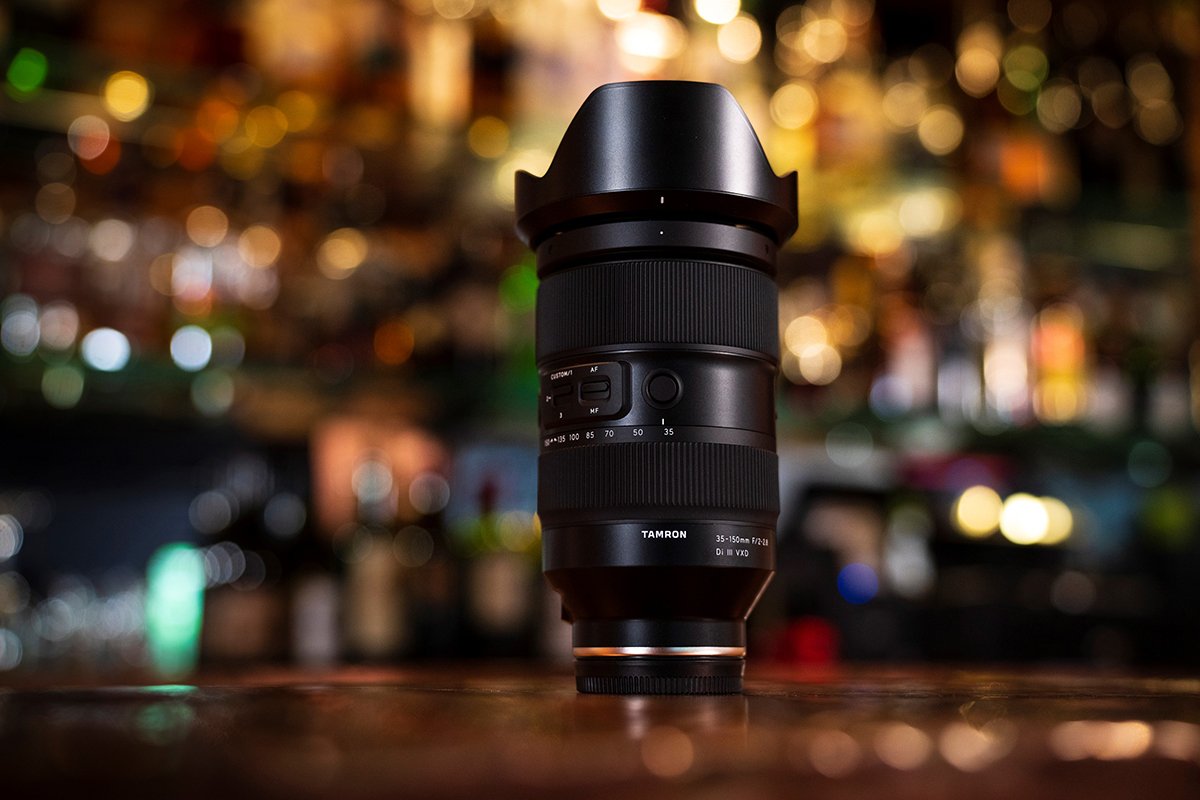
Before getting into how to utilize depth of field and bokeh to help you capture beautifully striking images, we should cover what each concept is. Depth of field, or DOF, refers to the area of the image that is in focus. A shallow depth of field means that the amount of the image that is in focus is relatively small, or shallow. Alternatively, a deep depth of field will have much more of the image in focus.
What is Bokeh?
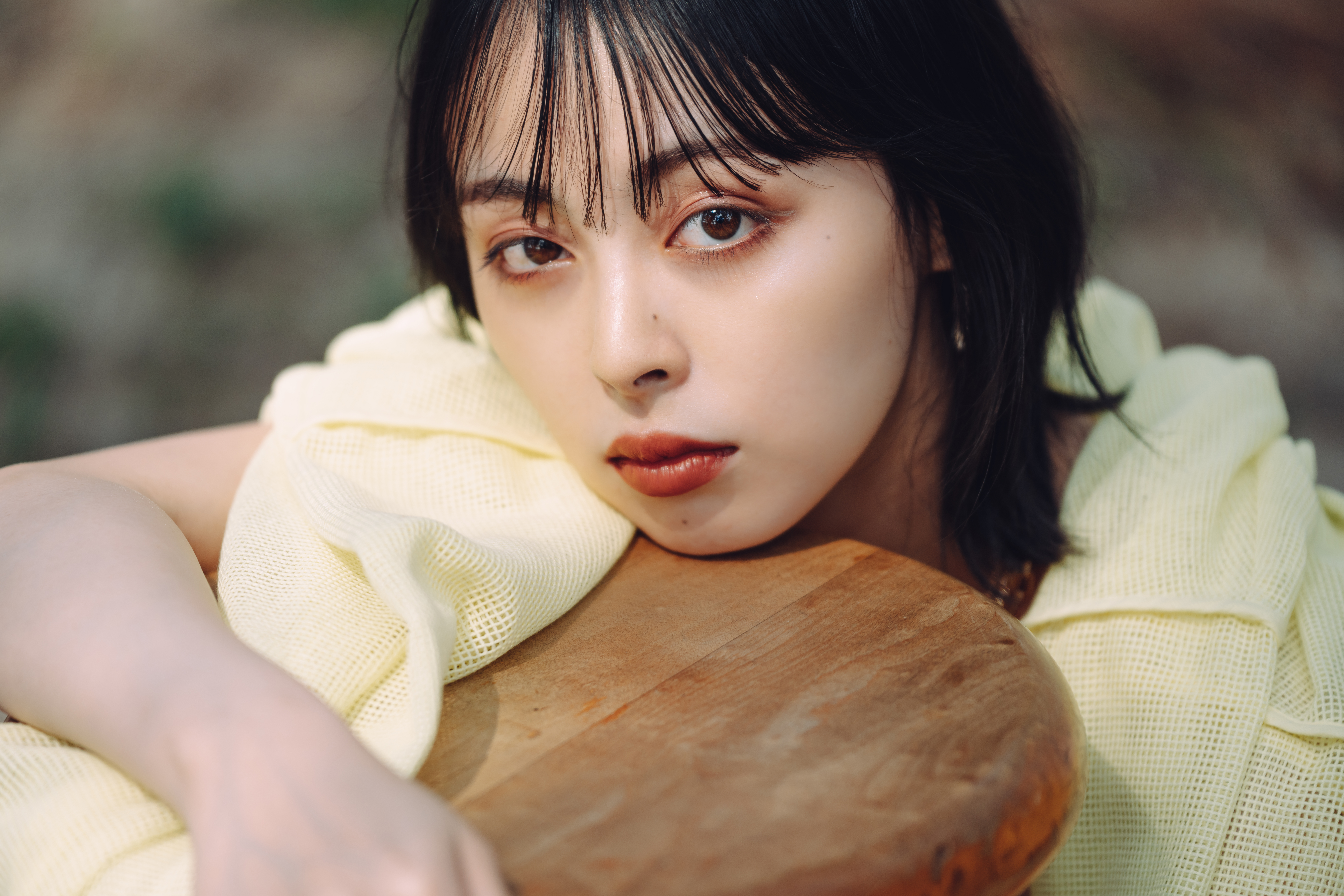
Bokeh refers to the aesthetically pleasing out of focus areas in the foreground and background of an image. The more intense the bokeh, the harder the objects in the background are to discern, and the smoother the background becomes. Shooting at a wide open aperture and at closer distances and/or at the telephoto end of the lens will increase the bokeh effect.
How Different Genres Use Depth of Field and Bokeh
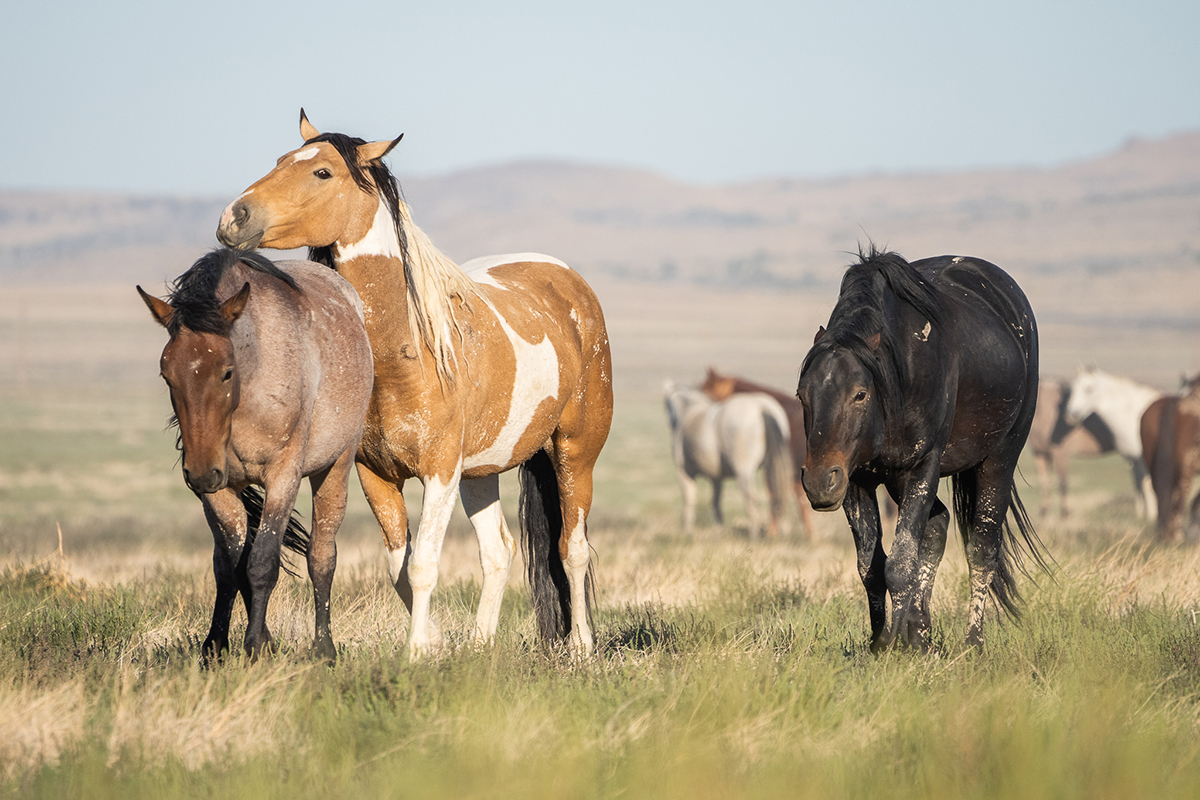
Different photography genres will use different depths of field and have different bokeh. For example, portrait photography and wildlife photography are two genres that gravitate towards shallow depths of field so their subjects can stand out better. Shots of landscapes often opt for a deeper depth of field to help capture the scale of the landscape.
Making Your Subject Pop with Bokeh
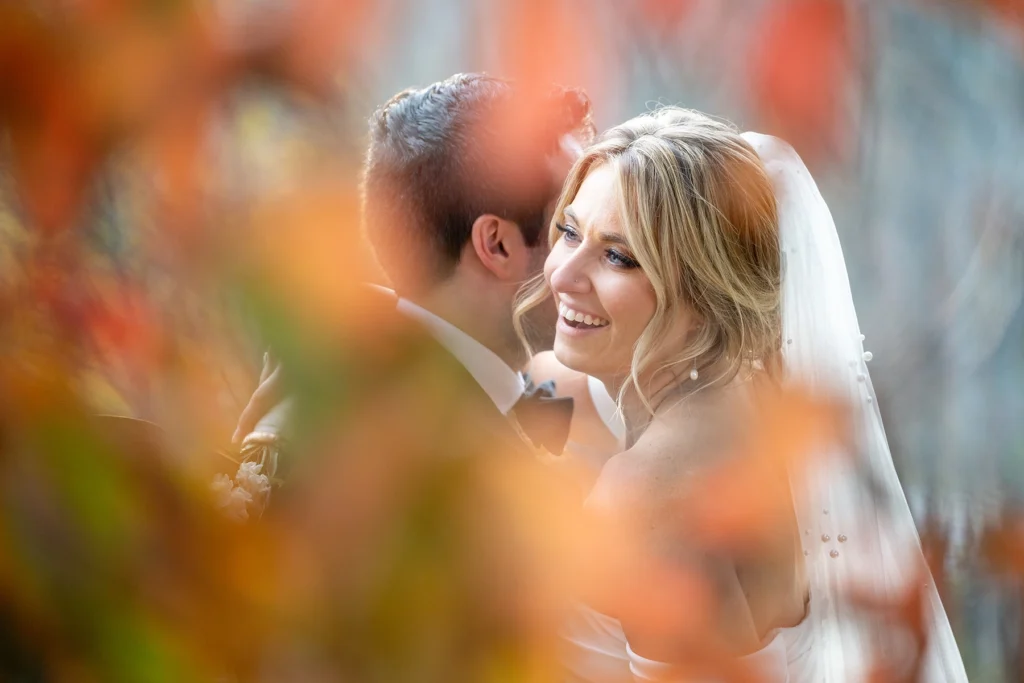
If you want to draw attention to a subject such as a baby swaddled in blankets, a dog sticking their head out of a pile of leaves, or newlyweds in a field of grass, using a shallow depth of field with smooth or creamy bokeh can help your subjects stand out and almost pop out of the image.
Why the Tamron 35-150mm F/2-2.8 Is Ideal for Creative Flexibility When Creating Depth of Field and Bokeh
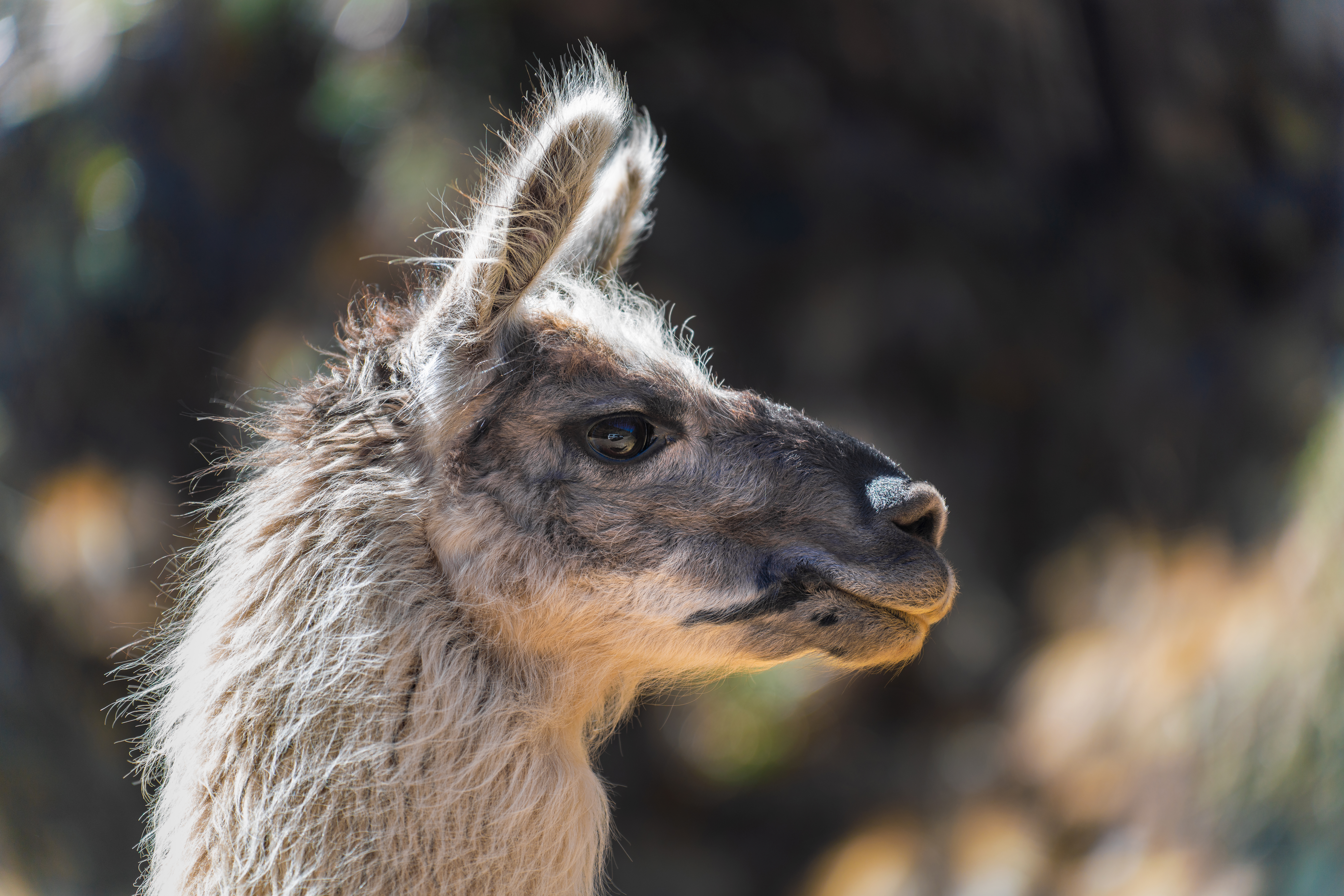
You can experiment with focal length and bokeh to your heart’s content because this lens has a remarkable maximum aperture and a very versatile focal length range from wide to tele. With the Tamron 35-150mm F/2-2.8 Di III VXD (Model A058), available for both Sony E and Nikon Z full-frame mirrorless cameras, the maximum of f/2 at 35mm offers amazing bokeh opportunities.
Customize Your Experience with Tamron Lens Utility™
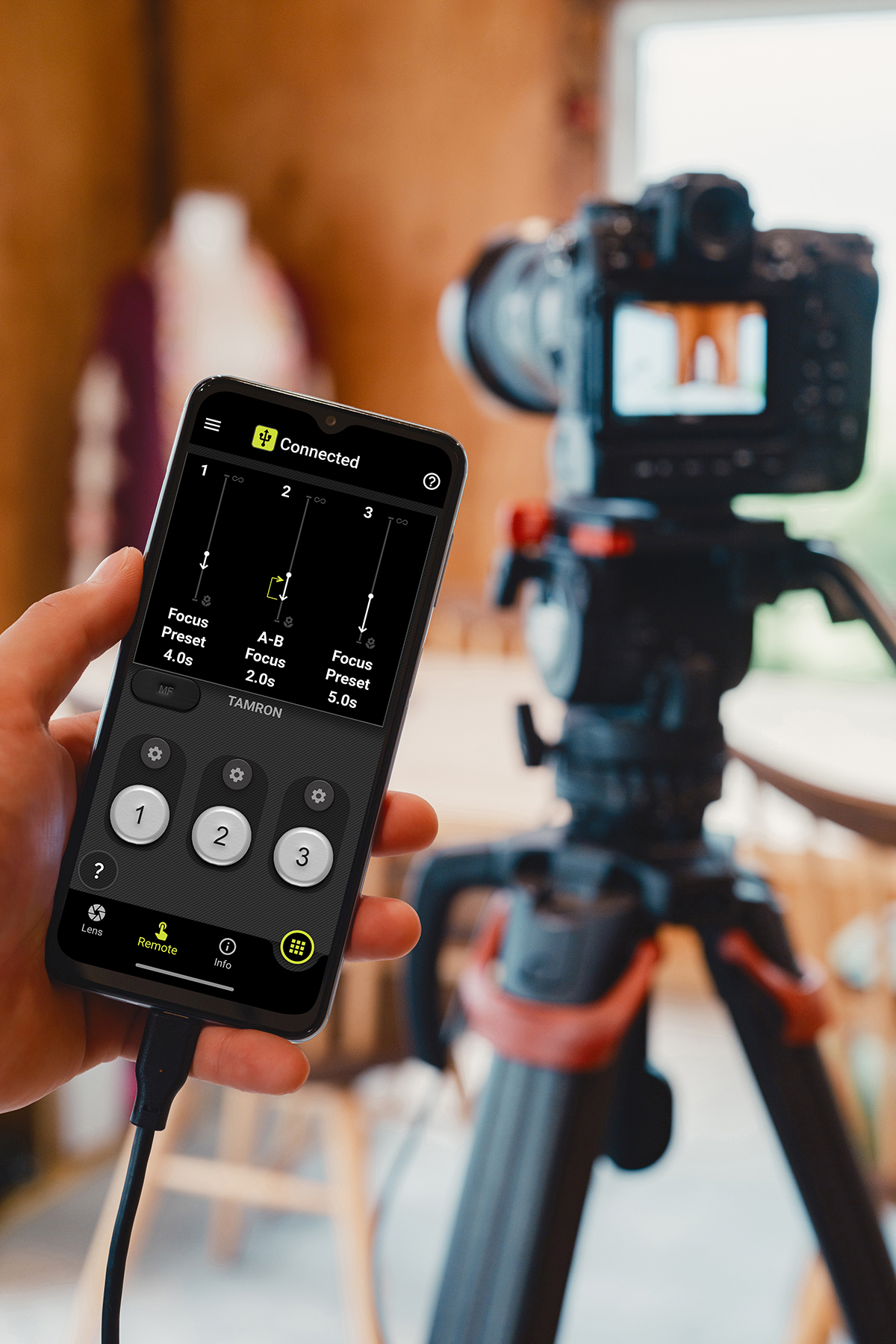
The 35-150mm F2-2.8 even includes Tamron’s new Tamron Lens Utility™ so that you can customize the lens for your personal shooting style. Learn about the features of the TLU here.
Express Your Creative Vision Using Depth of Field and Bokeh
While depths of field and bokeh are more-commonly used in some genres more than others, there really are no rules to photography. It’s a creative medium, so use both to your liking! Photography is all about sharing your vision with the world, and you shouldn’t compromise that vision in the slightest. Now that you know how to play with depth of field and bokeh, you should be able to share that vision with the world better than before.
Learn more about this lens at an authorized Tamron dealers in your area or visit the TAMRON Store today.
More Photo Tips | Watch Videos | Learn More About Tamron Lenses | Photo Gallery
